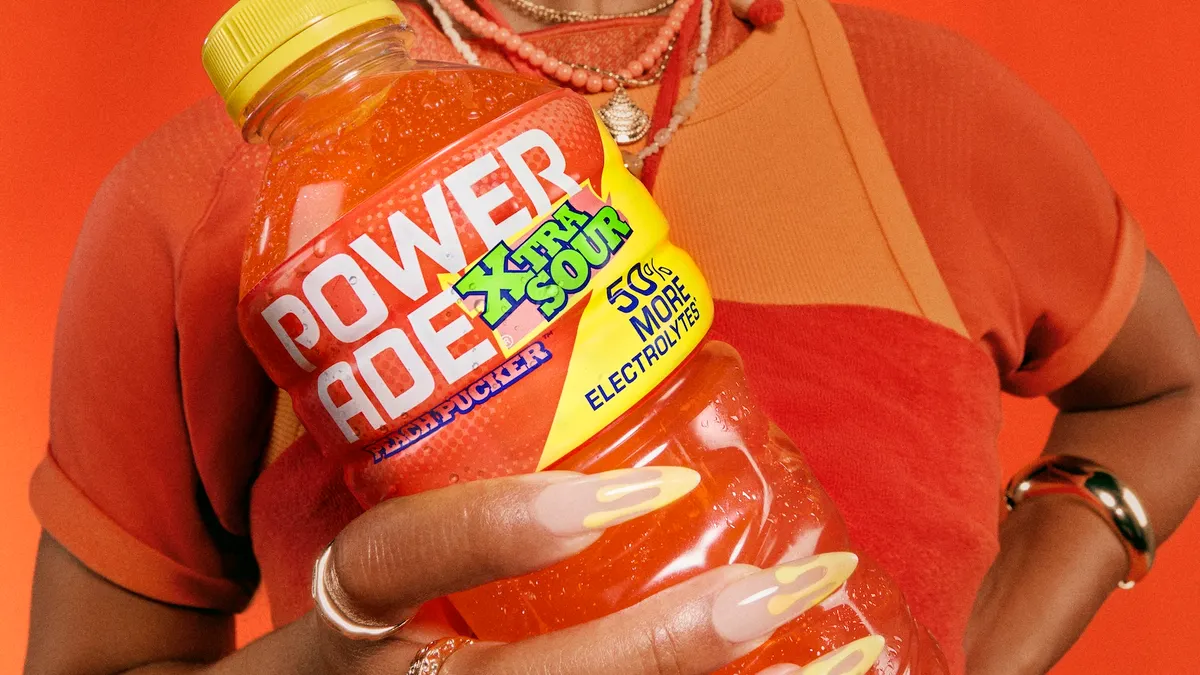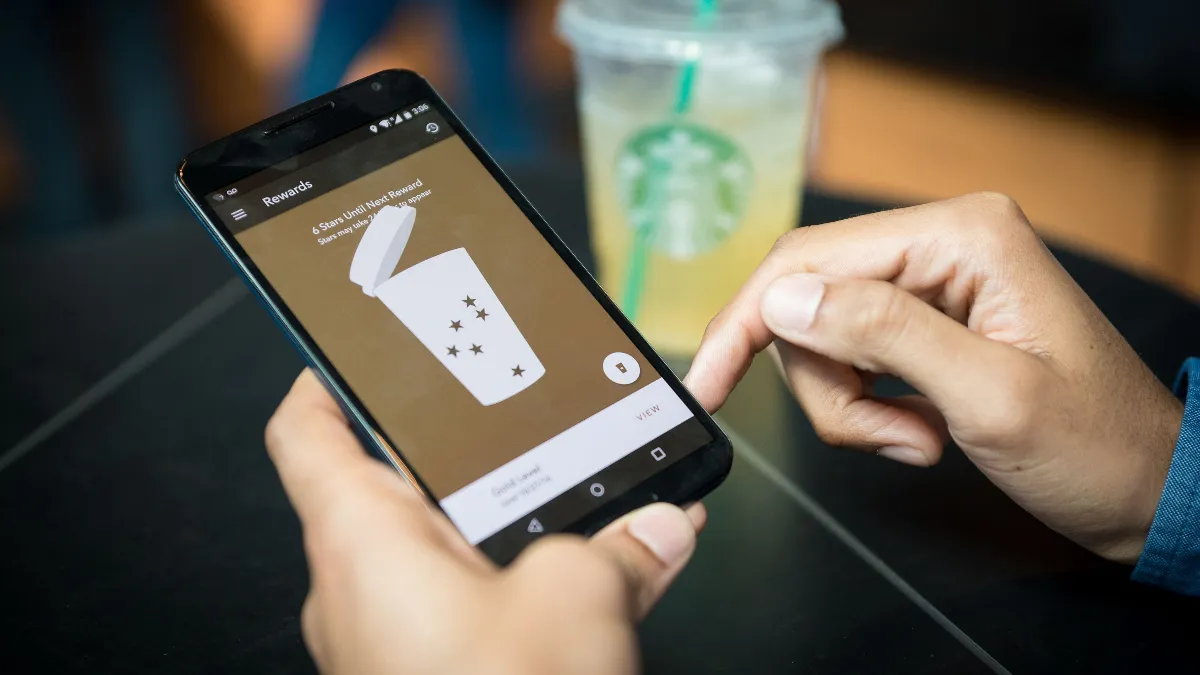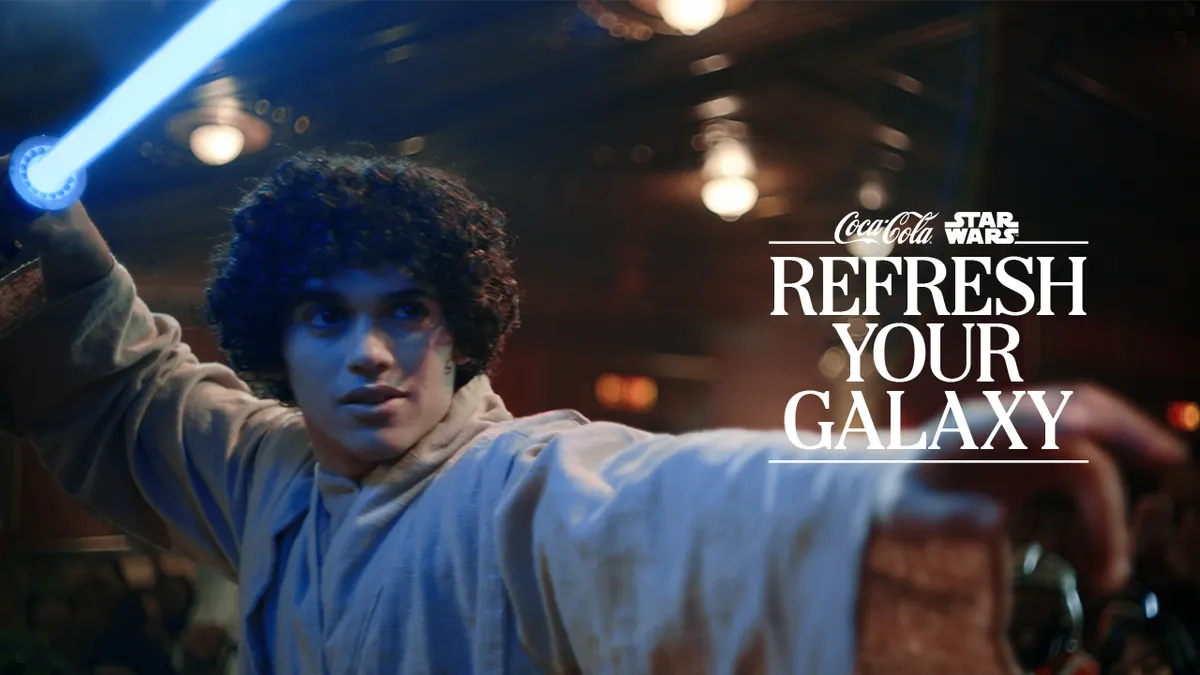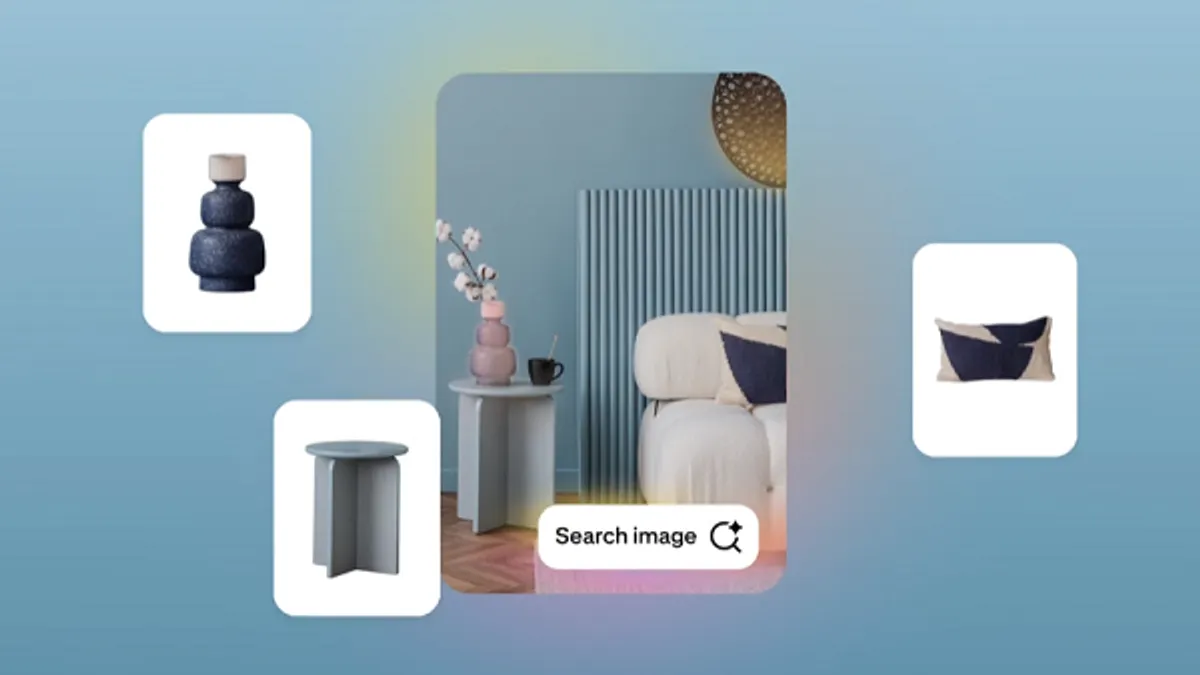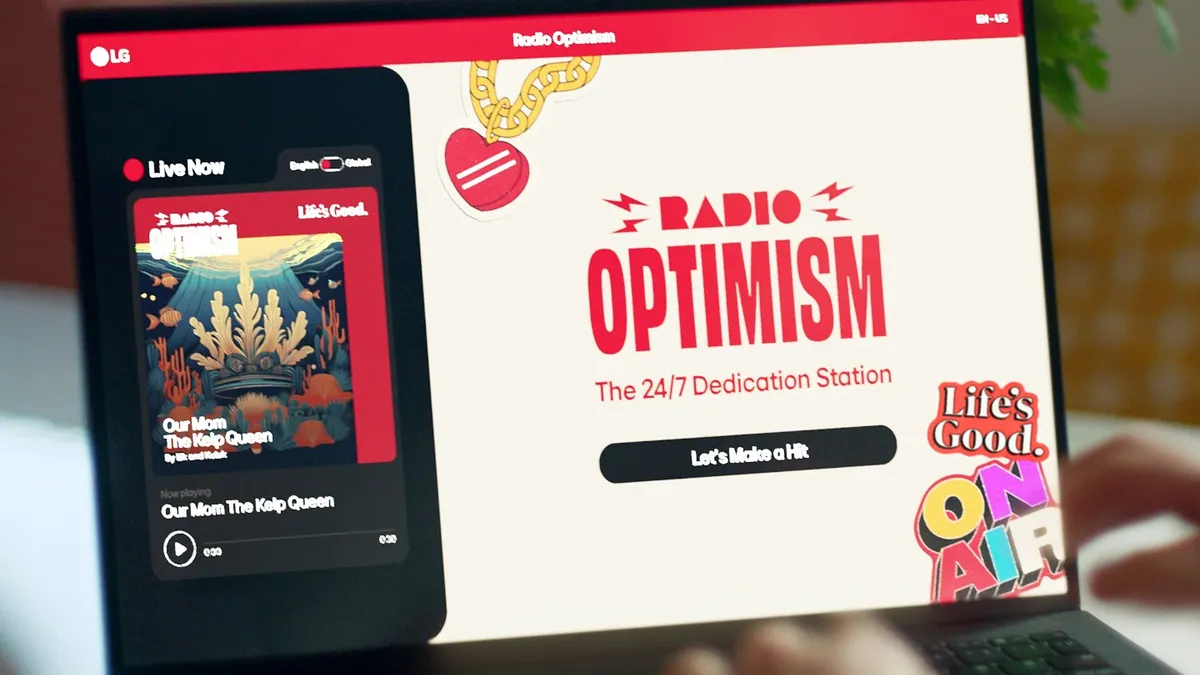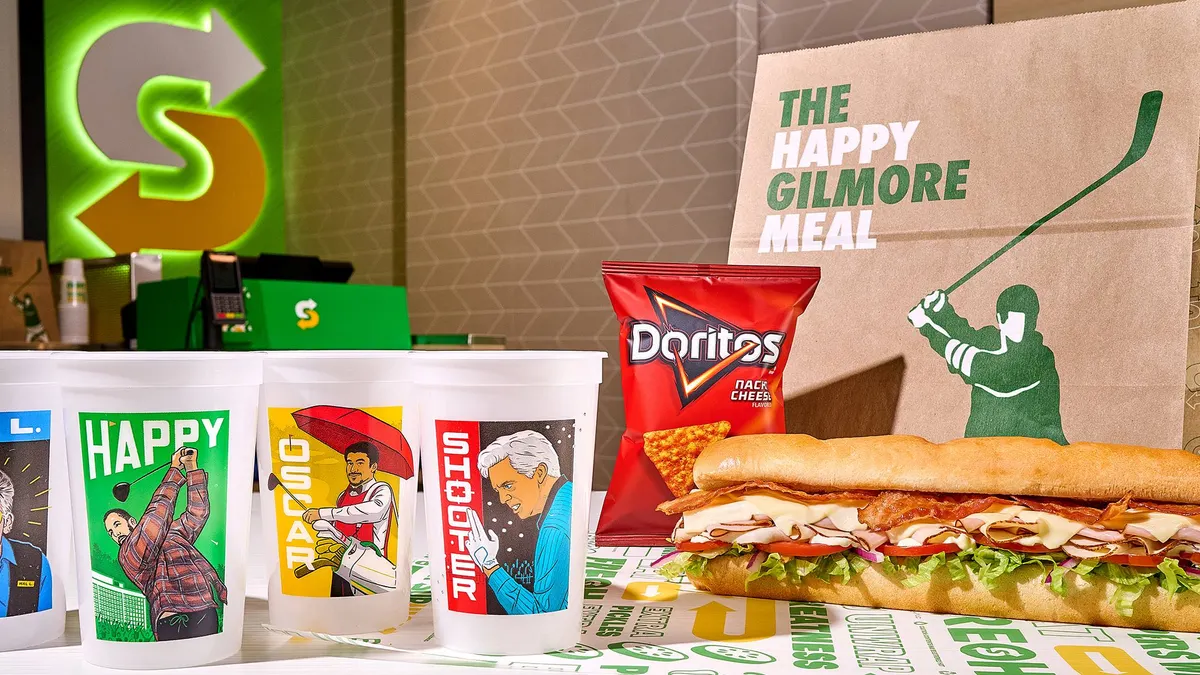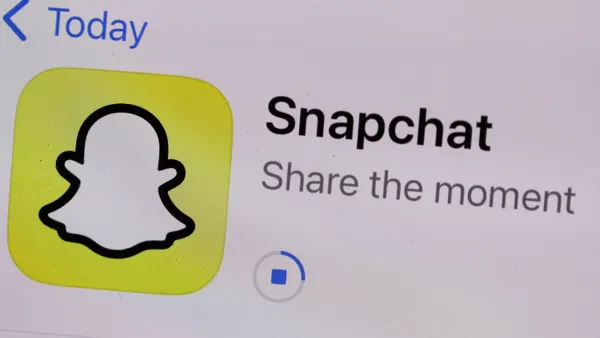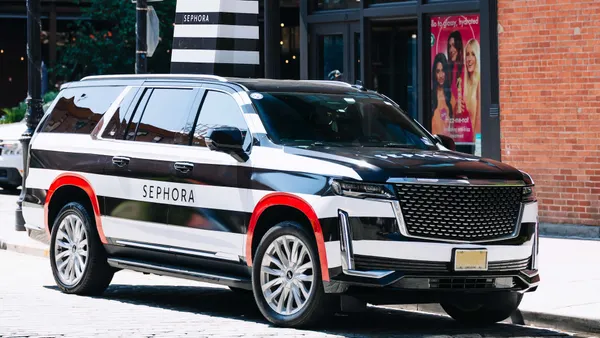The initial excitement around the marketing potential for chatbots has tempered in the wake of less-than-enthusiastic feedback by some users. However, this hasn’t stopped such brands as American Express, Cover Girl, Absolut and others from instilling value in automated dialogues that goes beyond simply telling customers when their order is arriving.
At this month’s SXSW Conference and Festivals, nearly everyone in the audience for a chatbots panel discussion raised a hand when asked how many had used an automated messaging assistant in the past six months. However, nearly all hands quickly dropped in response to a follow-up question about who was still enthusiastically using the same chatbots.
The starkly different responses reflect the gap that exists between consumer interest in chatbots and developers’ abilities to execute successfully. While some brands are waiting for the space to evolve before jumping in, a few forward-thinking ones have already gotten their feet wet, finding pearls of insight along the way.
Read on to learn what executives from Facebook Messenger, Viber and Twitter had to say during the SXSW panel about what works and what doesn’t for branded chatbots.
Demonstrating empathy
While it’s a no-brainer that customer service chatbots should not come across as cold automatons, some telecommunications brands are overcompensating by building bots to automatically return phrases like “We really value you as a customer,” said Asher Rapkin, product marketing communications manager for Facebook Messenger. When customers have a problem they are trying to address, expressing empathy through words does nothing more than lengthen the conversation when action is what customers want most. The better strategy, per Rapkin, is to demonstrate empathy by building chatbots to manage the most common problems as quickly as possible, something which Globe Telecommunications from the Philippines is doing a good job at.
“They built a system that could absolutely manage that end to end and the rest of it they put aside,” said Rapkin. “So as a result they were highly empathetic and highly service oriented and have great retention. Whereas telcos that have great intentions but don’t necessarily meet that brief as well are struggling.”
A bot with personality
Whether it’s a chatbot version of a fictional character from the film Zootopia or of 16-year-old Cover Girl model Kalani Hilliker, early reports suggest consumers are spending more time with bots that have personalities. In fact, the Cover Girl effort led to 14 times more conversations than with an average post from the social influencer.
For marketers, the lesson is that just because an engagement is digital, it does not need to be devoid of charm.
“It’s been 15 years since the rise of ecommerce, when brands shifted away from personalities and you are interacting with an interface or an app instead of someone in a store. Maybe that is why messaging is interesting, because suddenly you are talking to someone who has a personality.”

Ido Iungelson
Director of operations and revenue at Viber
“It’s been 15 years since the rise of e-commerce, when brands shifted away from personalities and you are interacting with an interface or an app instead of someone in a store,” said Ido Iungelson, director of operations and revenue at Viber. “Maybe that is why messaging is interesting, because suddenly you are talking to someone who has a personality.”
Brand positioning meets messaging value
Some marketers, in their excitement to be early chatbot adopters, failed to consider why it makes sense for their brand to be in this particular messaging space and are struggling as a result. Other chatbots have failed because their potential efficiencies are negligible; users can go on a website and accomplish the same task but in fewer steps.
The takeaway? Chatbots need to bring value to a user and capitalize on the advantages the space has to offer, delivering quick, on-the-go engagements. What brands should avoid is simply replicating what they already offer in other channels.
“The question then becomes, and where we are starting to see some really great success, is how do I take the thing that is best from my brand that will work best in conversation and move it there,” said Messenger’s Rapkin.
“The question then becomes, and where we are starting to see some really great success, is how do I take the thing that is best from my brand that will work best in conversation and move it there."

Asher Rapkin
Product marketing communications manager for Facebook Messenger
American Express offers a good example of aligning messaging and brand positioning in a chatbot. The company translated an offering that has helped define its brand and is a natural fit for messaging — concierge service. The resulting chatbot offers contextually aware, on-the-go help, including recommending restaurants to users buying an airline ticket to New York and making a dinner reservation.
“These are the kind of things that really help differentiate them amongst their competitors and lends itself to a conversational medium versus checking a balance or previous purchases, which frankly might work better in an app,” said Rapkin.
Another example is United Airlines, which has a chatbot on Twitter that lets users check in for a flight and find another flight if their existing one is delayed.
“It hits users on their mobile devices while they are on the go and is appropriate for that kind of service and is actually better than what you are going to get through talking to an agent,” said Seth Harris, director of brand strategy at Twitter.
Collapsing the path to trial
While many existing chatbots are not meeting customers’ expectations, Facebook’s Rapkin insists automation in and of itself may not be the problem. Consumers have been interacting with automated technology for years without complaint, such as choosing a seat for an upcoming flight on an airline’s website. What it really comes down to is the value that chatbots bring to users.
“Consumers don’t care whether they are talking to a chatbot or a person as long as they are getting their needs met,” said Viber's Iugelson.
“Consumers don’t care whether they are talking to a chatbot or a person as long as they are getting their needs met."

Ido Iungelson
Director of operations and revenue at Viber
For example, Absolut ran a program on Messenger at the end of last year, designed to drive product sampling that successfully used a chatbot to make it easier and safer for consumers to enjoy a cocktail. Users could find nearby bars offering a free drink and then book a free Lyft ride home.
“It was promoting responsible drinking but was also driving people to sample product as quickly as they could at the nearest location,” said Rapkin.
Creative storytelling
Some of the best executions for chatbots so far have been in the entertainment space, a clear medium where digital interfaces need personalities. For movie and entertainment properties, the opportunity goes beyond just personality to how an interaction can take the narrative of a story to new places. The executive might involve using a dialogue that can occur over multiple sessions during the course of a few days to build interest while evoking a brand’s positioning.
For example, the producers of the film "Sicario" worked with Twitter on a bot that enabled users to find encrypted messages from members of a drug cartel and help the DEA bring down the cartel.
“It thematically encapsulated the film but did it in a way that was creative and felt natural for users,” said Twitter’s Harris.
In another example, the TV show "Humans" created a Messenger chatbot that enabled users to interact with characters from the show, delivering a 13% lift in recall.
Measuring customer sentiment
One of the challenges with chatbots is measuring their effectiveness. Some brands look at how many bi-directional messages a bot has, but depending on the bot’s goals, this can be either a measurement of success or of failure. For example, if a customer service bot has numerous bi-directional messages, this could indicate a user is having a hard time getting a question answered. But for a storytelling bot, the more back-and-forth messaging, the better.
Chatbots also offer the unique potential to measure a user’s sentiment. While there are bot analytics platforms that will measure whether someone who engaged with a bot wrote “thank you” at the end of the interaction, it is still early days when it comes to leveraging these insights.
Still, there is a wealth of information around sentiment available from chatbots that marketers must pay attention to. For example, users of Globe Telecommunications’ digital assistant have been known to key in an apology when they are not able to respond to a message right away. Some users even wished the bot a Happy Valentine’s Day on Feb. 14.
“There is a lot there around sentiment but there is also this fascinating road we can go down about people still wanting to have some kind of a natural interaction even if the person they are interacting with is definitively artificial,” said Messenger’s Rapkin.









